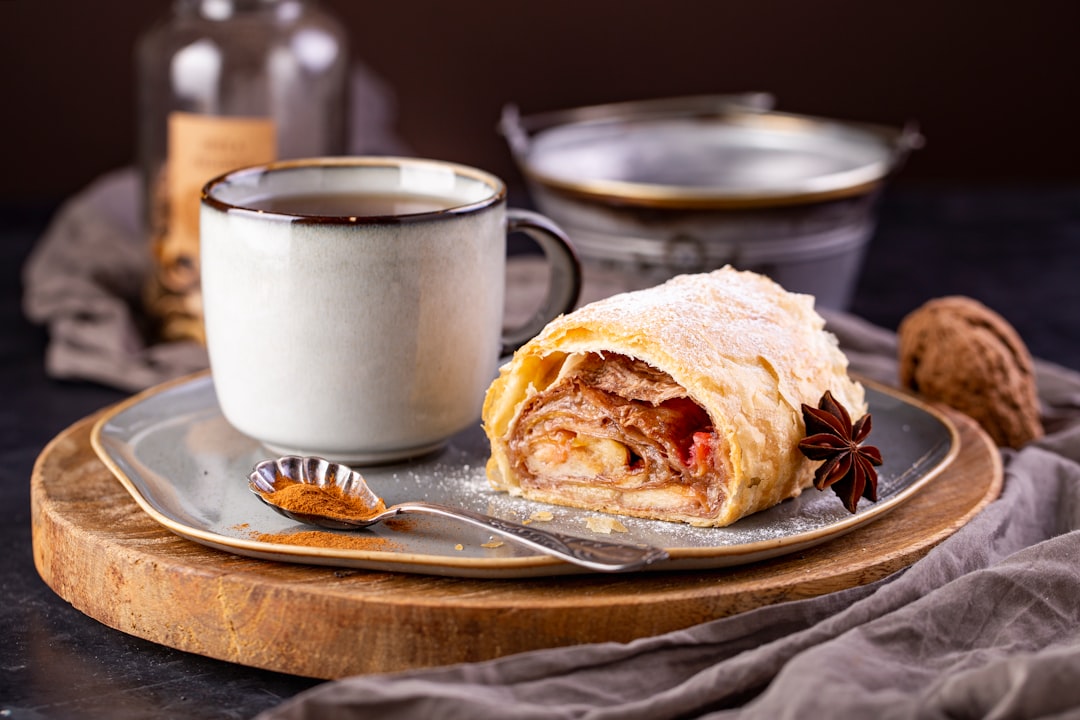The Art of Presenting Shaved Salads for Dinner

When it comes to dinner and meal ideas, shaved salads are a true gem in the culinary world. One of the most classic and visually appealing ways to serve shaved salads is by presenting each ingredient in its own artful pile. This method not only makes the salad look more enticing but also allows diners to appreciate the individual flavors and textures of each component.
Shaved salads offer a unique twist on traditional salads. Instead of simply chopping or tearing the ingredients, they are carefully shaved, which can enhance the overall mouthfeel and aesthetics of the dish. The process of shaving vegetables and other ingredients can vary depending on the type of produce. For instance, a mandoline slicer is a great tool for achieving thin, even shavings of carrots, cucumbers, and radishes. This precision in preparation is what sets shaved salads apart from their more common counterparts.
Let's start by discussing some of the key ingredients that can be used in a shaved salad. Root vegetables like beets and turnips are excellent choices. When shaved, they add a vibrant color and a slightly earthy flavor to the salad. Beets, in particular, can be roasted first to bring out their natural sweetness before being shaved into thin strips. These roasted beet shavings can then be combined with fresh greens such as arugula or spinach. Arugula's peppery taste provides a nice contrast to the sweet beets, creating a well - balanced flavor profile.
Another important ingredient is cheese. Parmesan, for example, is a classic addition to shaved salads. Using a vegetable peeler, you can create large, delicate shavings of Parmesan that melt slightly on the tongue. The sharp, nutty flavor of Parmesan pairs well with a variety of vegetables. You can also experiment with other types of cheese, such as goat cheese or feta, depending on your personal taste preferences. Goat cheese adds a creamy and tangy element, while feta brings a salty kick to the salad.
Fruits can also play a significant role in shaved salads. Apples, pears, and oranges are all great options. Shaved apples add a crisp and sweet note to the salad. They can be tossed with a little lemon juice to prevent them from browning. Oranges, on the other hand, can be segmented and added to the salad for a burst of citrusy freshness. The combination of fruits with vegetables and cheese creates a complex and delicious flavor combination.
Now, let's talk about the dressing. A simple vinaigrette is often the best choice for shaved salads. You can make your own vinaigrette by combining olive oil, vinegar (such as balsamic or red wine vinegar), Dijon mustard, honey, and a pinch of salt and pepper. The mustard helps to emulsify the dressing, creating a smooth and creamy texture. You can adjust the ratio of oil to vinegar according to your taste. Some people prefer a more acidic dressing, while others like it to be more oily.
When it comes to presenting the shaved salad, the artful pile method is truly a sight to behold. Start by arranging a bed of greens on a large platter. Then, create separate piles of each shaved ingredient around the greens. For example, you can have a pile of shaved carrots, a pile of Parmesan shavings, and a pile of apple slices. This not only makes the salad look beautiful but also allows diners to customize their own servings. They can choose which ingredients they want to combine on their plate, creating a personalized dining experience.
In conclusion, shaved salads presented in an artful pile are a wonderful addition to any dinner menu. They are not only delicious but also visually appealing. With a wide variety of ingredients to choose from and the ability to customize the dressing, you can create a shaved salad that suits your taste and dietary needs. So, the next time you're planning a dinner, consider making a shaved salad and impress your guests with its beauty and flavor.